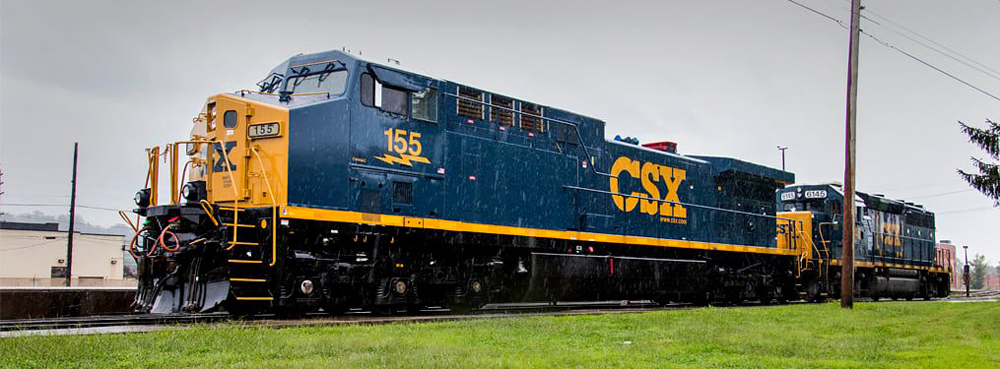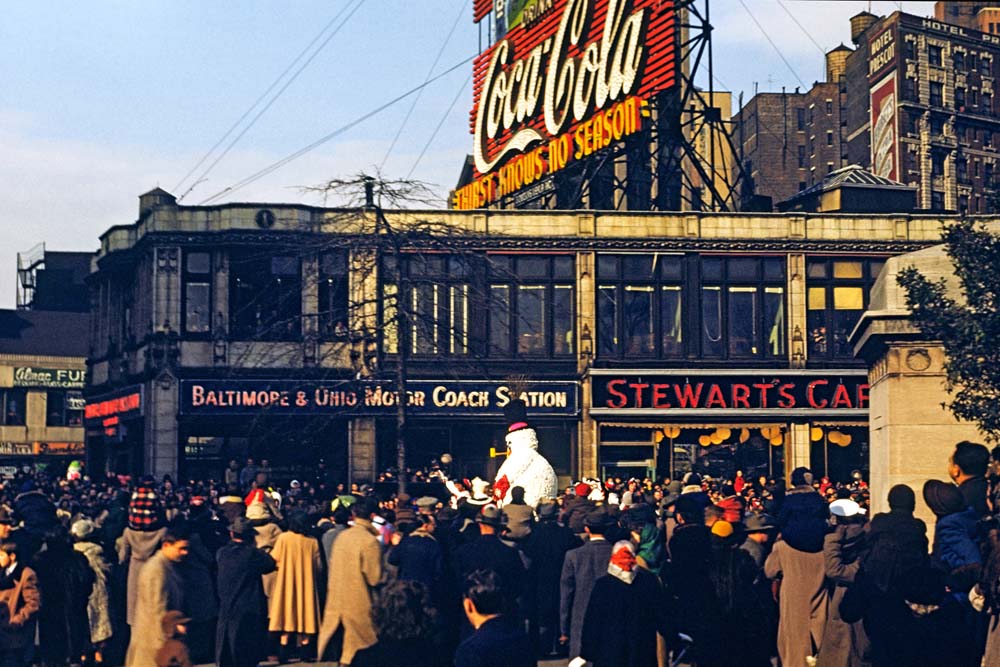CSX

Railroads, in particular, have grappled with that same question over the years — especially those railroads that are the products of mergers or the surviving company after a takeover.
And then you have CSX.
The poet T.S. Eliot wrote, “The naming of cats is a difficult matter, it isn’t just one of your holiday games.” The quotation is apt since a sleeping kitten, the famous Chessie, was the longtime mascot of the Chesapeake & Ohio Railway, one component of CSX.
Why and how did the 50-50 merger of Chessie System and Seaboard Coast Line Industries in November 1980 result in those initials?
Let’s back up a bit. After Chesapeake & Ohio acquired control of the venerable Baltimore & Ohio in 1963, the C&O was the dominant company, but the combined system was known simply, and informally as C&O/B&O. It wasn’t until 1973 that C&O, B&O, and the B&O-controlled Western Maryland officially became Chessie System, Inc.
Seaboard Coast Line was the 1967 combination of the Seaboard Air Line and Atlantic Coast Line railroads. As a prelude to further merger, SCL in 1982 combined with longtime ACL affiliate Louisville & Nashville to form the Seaboard System Railroad Inc., which lasted less than four years.
Confusing? You bet. And after the government approved the “merger of equals” (Chessie and Seaboard) in 1980, a new moniker became imperative.
Hays T. Watkins, then chairman of Chessie, and Seaboard’s chair, Prime T. Osborn, said that since it was truly a 50-50 deal, neither the name “Chessie” nor “Seaboard” should be part of the new name.
Early on, employees of both companies were asked through their company newspapers to suggest names and, if one was selected through that process, a prize would be awarded.
From the outset, a variety of initials were kicked around as a point of departure such as CSCL Corp., C/SCL, CCL, CCS, and CSL. At one point, and in jest, Watkins said at a luncheon in the executive dining room in Cleveland’s Terminal Tower that the new company should be called First American Railway Transportation System. He added with a smile that the slogan could be, “We go like the wind!”
In the meantime, of course, the lawyers of both companies were busy before the Interstate Commerce Commission pleading the case for merger. Watkins named a bright young man in Chessie’s Finance Department, Paul Goodwin, (now vice chairman of CSX) to work with the late Dick Sanborn, a top official of the Seaboard, to come up with a name. At one point they decided on CSC Inc., only to learn those initials already belonged to a Virginia truck line. They tried CSM (for Chessie-Seaboard merger) but that, too, was taken.
Back to those lawyers working before, the ICC in Washington. Because of the numerous documents and filings in the case, they had to use a shorthand name for all the references to the two companies involved, and the initials “CSX” were used over and over again through 52 days of hearings and literally thousands of pages of legal documents.
It was never intended that CSX would be the permanent name of the new corporation. But seemingly faced with the fact that all other initial combinations of “C” and “S” were not available, plus the fact CSX had by then developed a certain cachet, Paul Goodwin said CSX became the name. “Hays liked it,” he added.
And so it was that Watkins and Osborn announced to the world that “CSX is singularly appropriate. C can stand for Chessie, S for Seaboard and X, the multiplication symbol, means that together we are so much more.”
They thanked employees and stockholders for their suggestions, adding “all were interesting and many were inspired, but we feel the two years’ use we already have had with the CSX name gives us a leg up in identification. We also feel the logotype developed by our own internal communications people is a distinctive one and there will be no problem with our recognition.”
That comment about the logotype needs some explanation. The public relations department for Chessie, of which I was in charge, had brainstormed a number of ideas for a proper logo. We went through all the varieties of using CSX in different letter styles, and nothing really stood out. Finally, almost as a passing thought, I asked our staff designer, Franklyn Carr, if there was any way he could combine a slanted C and S to form the shape of an X.
After an afternoon of doodling, Franklyn came up with a truly distinctive logo. Today, however, when the company uses the combined X, it usually appears with the letters “CSX Corp.” alongside.














The “X” design of CSX was creative, but now is unnecessary. Initials are used elsewhere as logos, .e.g IBM.
It took me awhile to get used to it, but I finally did. This was a great article.
Anybody monitoring comments on these older or even newer articles? Check out the comment from approximately two months ago.
Interesting story on how our old friend CSX Transport came to be.
What is the name and logo of the cp-Csx company be?